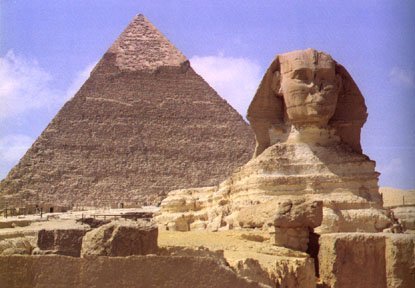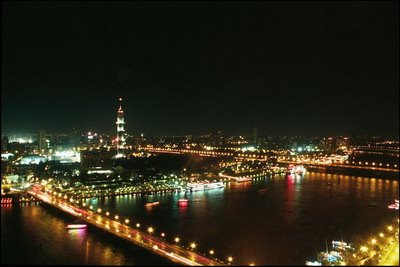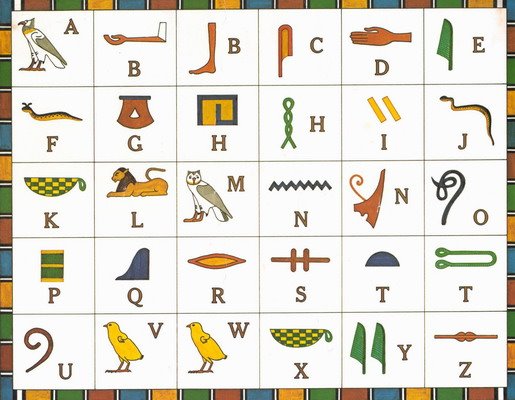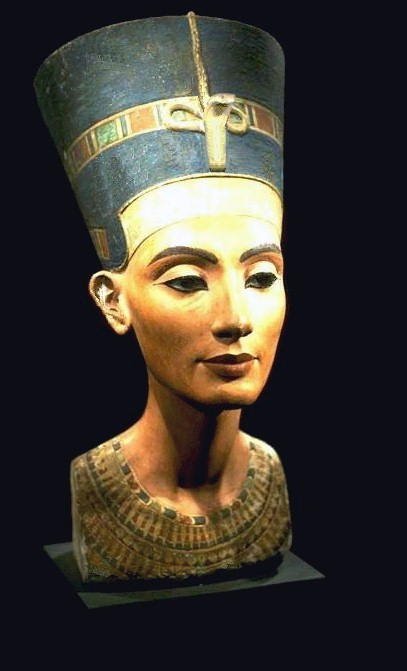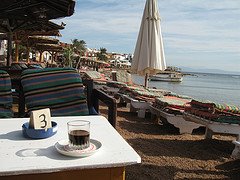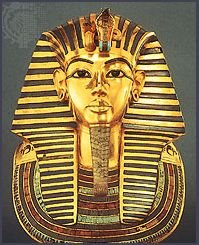
Egypt is home to one of the richest and most ancient civilizations in the world extending to several millennia BC It was the Pharaoh Menes who united the two kingdoms of Upper and Lower Egypt, inaugurating what came to be known as the Ancient Empire (3200-2270 BC).
Ramses II is another Pharaoh who deserves mentioning. He ruled from 1279 to 1212 BC and is known for his prodigious buildings, rising temples, statues and other monuments throughout Egypt. Among his major achievements was the signing of the first Peace Treaty to be recorded in history, concluded between Egypt and the Hitites.
Another great Pharaoh is Akhnaton who reigned from 1379 to 1362 BC. He was originally called Amenophis IV, but changed his name in honor of Aten, the Sun God. Akhnaton is considered to have heralded the concept of monotheism in the history of religion.
Alexander the Great arrived to Egypt in the late autumn of 332 BC. He founded Alexandria in 331 BC as a gateway to his motherland, Greece. Alexandria became a major center for trading. Its Library became a cultural center that made an important contribution to civilization.
The Ptolemies ruled Egypt until 30 BC and were succeeded by the Romans until 642 AD when the Arabs arrived. It was during the Roman period when Christianity came to Egypt. It was in Alexandria where the great Catechtical School, which produced the early fathers of the Church, emerged.
In 642 AD, Egypt witnessed the beginning of its Arab and Islamic epoch. Successive Arab rulers governed Egypt as part of the Islamic empire, and at various junctures established it as the center of power of the empire .
The Arabs were followed by the Mamlukes, who were magnificent warriors and who ruled Egypt from 1250-1517 AD when their reign ended with the Ottoman conquest of Egypt under Sultan Selim.
The arrival of Napoleon Bonaparte to Egypt on July 2nd 1798, initiated a new phase in Egypt's history. Accompanying his expedition were a number of savants and scientists who made a complete encyclopedic survey of Egypt, known as "Description de l'Egypte". The expedition contributed significantly to the study of ancient Egyptian history through the discovery of the Rosetta Stone and the consequent deciphering of Hieroglyphics, the ancient Egyptian language.
After the departure of the French expedition, Mohamad Ali, who was an officer in the Ottoman Army, rose to power with the support of the Egyptian people. His rule extending from 1805 to 1849 was an eventful period in Egypt's modern history. He is regarded as the father of modern Egypt who set the country on the march towards modernization.
In 1863, Khedive Ismail, a member of Mohamad Ali's dynasty, rose to power. If Mohamad Ali had started the process of modernization, it was Ismail who completed it. He had boundless ambitions to bring Egypt up to the same level of culture, civilization and development which was enjoyed by most nations of Europe. It was during his reign, in 1869, that the Suez Canal was inaugurated.
Towards the end of the 19th Century, and exactly on August 12th 1882, British troops landed at Alexandria marking the beginning of British occupation which lasted for 74 years. The beginning of the 20th century witnessed the awakening of the national conscience aiming at ending the British occupation. Mustafa Kamel, Sa'ad Zaghloul, Mustafa El Nahas and many others were prominent figures who strove to achieve two national objectives; independence and constitutional reform.
On the 28th of February 1922, Britain unilaterally declared the termination of the British Protectorate and declared Egypt an independent state. In 1923, the first Constitution was promulgated and Sa'ad Zaghloul formed the first representative government of Egypt.
On the 23rd of July 1952, the Free Officer Movement led by Gamal Abd El-Nasser seized power in a bloodless revolution which allowed King Farouk to leave the country with a full royal salute.
On the 18th of June 1953, the monarchy ended and Egypt was declared a Republic and Mohamad Naguib was named as the first President. In 1954 Nasser assumed control as the second president. During Nasser's presidency, extensive agricultural and industrial development projects were carried out. Progressive economic and social reforms were implemented for the benefit of the majority of the Egyptian people.
On October 6th, 1973, the Egyptian army crossed the Suez Canal, stormed the Bar Lev line and recaptured parts of Sinai occupied by Israel in 1967. To overcome the state of belligerency, President Sadat announced his historic initiative to visit Israel in pursuit of lasting peace, which he did in November 1977. Finally, the Egyptian-Israeli Peace Treaty was signed in March 1979.
The Sadat period witnessed changes in the political, social and economic domains, and at the same time, the private sector was given a greater share in the country's economy through the implementation of the "Open Door Policy".
In October 1981, Vice President Hosny Mubarak succeeded Sadat as President. Economic reforms undertaken under Mubarak succeeded in diverting finance towards productive investment in industry and agriculture. The main features of Egypt's national economic policy under President Mubarak are the efforts to broaden the economic base by promoting local, Arab and foreign investment. A process of successful privatization has started, the stock exchange has been revived, and reform programs with the IMF and the World Bank have been signed and implemented.




















